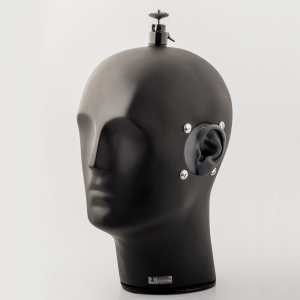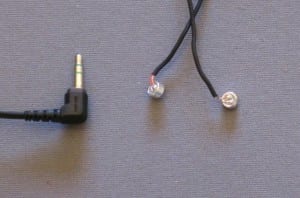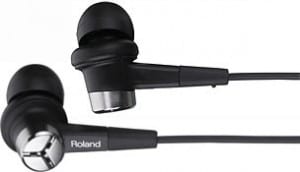There are many things that can make horror work well. As I am focussing on audio only and have no visual accompaniment, I can’t show the listener a scary image, so I must focus on making the story scary as well as adding scary sound effects and music. But there are many things I can take from horror movies and other mediums and apply to my piece.
One of the key concepts that I can take away from horror is the idea of tension and suspense.*1 Although I am creating short pieces (1.5 minutes), It is still possible to create tension within a short space of time through the narration and with background music slowly changing or gaining in volume. Also as a full set, I can change the pacing of the pieces to slowly add to the tension, culminating in the final piece.
There are common themes within horror movies that revolve around the speech/narration that I can take away and work into my story writing/telling. *2 These themes tend to involve the supernatural or a death in some way, which is something that will already be part of the stories as it is involved in the source material I took inspiration from. Plus, for the people that go to each of the areas and listen to the pieces, it adds a layer of creepiness, especially if experienced during the night.
In some horror media (usually lower quality movies) there are a few tropes that appear to scare people, the main one that I am tempted to put in one of my pieces is jumpscares. The basic way that I could do this is to just add a loud sharp noise that the listener wouldn’t expect. However, it may be a little too cliche and cheesy.
*1 http://www.fictionfactor.com/guests/scary.html
*2 https://www.psychologytoday.com/blog/cutting-edge-leadership/201410/the-top-ten-things-make-horror-movies-scary


